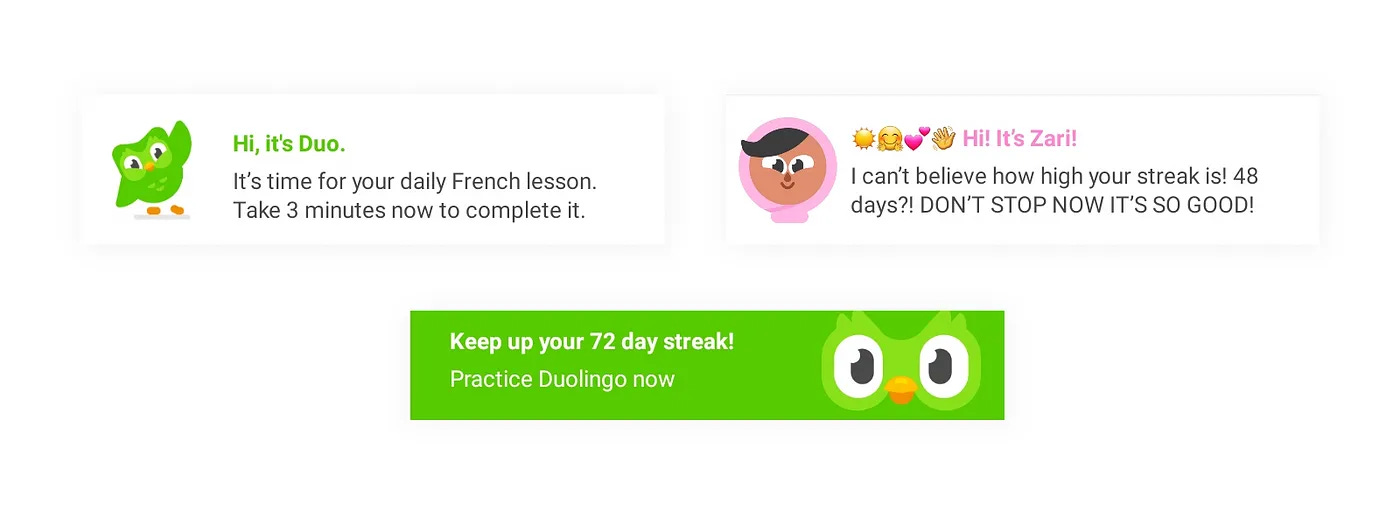14. 1 cup data + 2 tsp beh-sci = magical recipe for customer loyalty!
Here is how to create an interplay between data science and behavioral science to hook your customers
Recently, at a salon, the front desk offered me their loyalty program, which required me to pay a certain amount upfront to get discounts on subsequent visits. Although the program sounded interesting, I declined the offer because I'm not too fond of paid loyalty programs. They seem to me like asking for a dowry for a marriage.
A more sophisticated and effective approach to creating a loyalty program would be to harness the interplay between data science and behavioral science in the following ways -
1. Psychology of Rewards X Customer Segmentation:
The first step in designing a loyalty program would be to understand -
A) Which customer behaviors are most valuable for your business
B) What is the customer’s motivation behind these behaviors
The loyalty program should essentially be about increasing A by utilizing B.
To understand A, you must analyze the historical customer data to identify patterns and correlations between user activities and business results. This will help you pinpoint which behaviors to incentivize.
Image credit: Zinrelo.com
Further clustering and classification will help you identify distinct behavioral segments that may need to be incentivized differently. To understand B, you must conduct a psychographic analysis to understand the ‘why’ behind the customer behavior.
Image source: cuebiq.com
An example is Reebok’s two loyalty programs, Reebok UNLOCKED and ReebokONE. The first is for fans who wish to purchase products, where "accumulated points determine your level, which unlocks an exclusive set of rewards," whereas "ReebokONE" is for fitness professionals. This is based on the insight that fitness enthusiasts appreciate exclusive rewards and a sense of belonging. Professionals are motivated by recognizing their expertise and deepening their networks within the fitness industry.
2. Commitment X Predictive Analytics:
Behavioral principles suggest that once customers make a choice, they are more likely to act in ways consistent with that initial decision. This is related to the idea of loss aversion, which says people fear losing something more than they desire to gain something. So, we are likely to invest more in our initial choice for the fear of ‘losing’ the commitment.
Duolingo’s famous ‘Streak’ system utilizes this concept to nudge users to continue using the app so they don't ‘lose’ their streak. The continuance of the streak rewards the users, creating a viral loop of engagement and loyalty.
By analyzing historical data, you can predict which behaviors will likely create stickiness with your product. This information can then be used to nudge users to make small commitments. Learn how DuoLingo uses data and behavioral science to create fantastic user engagement and loyalty.
3. Social Proof X A/B Testing
The actions of others influence people.
Loyalty programs that leverage community, such as sharing rewards or achievements on social media, can enhance participation through social proof. Like Sephora’s Beauty Insider, in which access to the community is a loyalty reward in itself.
Data science can enhance this by analyzing customer behavior and social network dynamics to tailor rewards and achievements that are most likely to be shared. It can identify key community influencers and predict the rewards that generate the most engagement and sharing on social media platforms. Additionally, data science can optimize the timing and presentation of these rewards to maximize visibility and appeal.
Another example of using the community to create a loyalty program is to test rewards before launching them. By analyzing the comments and reactions to the poll, sentiment analysis can gauge the emotional tone behind the responses, providing deeper insight into what users feel about the options. The next step could be to conduct A/B tests, offering different groups of users different benefits to see which ones perform better in increasing sign-ups and engagement.
So, when crafting a loyalty program, think about how to weave together the threads of behavioral science and data science so you can capture not just a share of wallets but also a share of the customer's heart.








